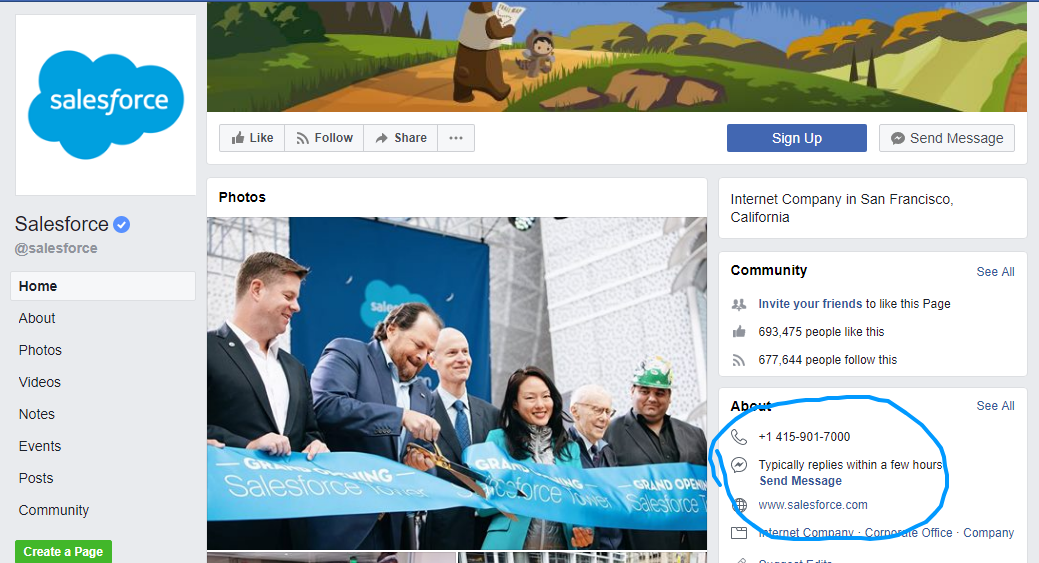Let’s face the fact. Aggressive link building doesn’t work anymore. Not even with Web 2.0 sites, no.
Google was way clever when it nipped the new marketing tactic right in the bud in 2005. Exploit any of the Web 2.0 sites and you are blacklisted by Google. Bam!
In short, if you are even thinking of running a backlinking strategy based on spamming Web 2.0 sites, you better rethink again.
You sure don’t want to lose your business due to a petty folly, right?
Wait! Before you pack up your bags and get ready to leave, let me repeat something. I said, “Aggressive link building does not work with Web 2.0 sites. However, I didn’t say that optimum link building does not.”
Now do I have your attention? Right.
You see, like with every link building strategy, you have to take proper caution with your Web 2.0 link building strategy too.
In this article, I am going to tell you how to achieve the most ideal link building strategy around Web 2.0 sites.
There are actually 3 stages to it. Let’s go over them without further ado.
Social sites first!
Every business must start their Web 2.0 link building with social networks. That means, your business needs to have presence on every social network relevant to your business.
- Snapchat
- Alexa
- Yelp
You get the drift. Your business needs to have a social profile first. While preparing such profiles, write a 100-word bio and put a naked URL back to your business website.

Picture 1. Can a SaaS company be social?
You can create milestones or showcase stories, or perhaps, put up company pictures. The aim is to create your company’s brand across the social networks. Savvy?
Now, most importantly, after creating these profiles, don’t leave them idle. Keep posting 1-3 times a week. The maximum limit applies to Facebook and the minimum for LinkedIn. Every other site falls in between.
While we are talking about it, do remember to create a blog within your business domain—not as a sub-domain though! Blog posts, centered on the right keywords, help in your content marketing endeavor and provide a way through to your business site.
Next, we go to the community sites…
Quora, Groups and Forums
Choose some of the most well-liked communities like Reddit, Quora, Linked Groups, Facebook Groups and other popular forums, and join them from your ‘personal’ account.
You cannot open an account with your business name. You might, but it won’t be fruitful much. Rather, you should disclose your relationship with your business stating yourself as a ‘Co-founder’, ‘Owner’ or such.
And do remember not to use your personal Google email address that is connected with your Google Adwords or Analytics accounts. You don’t want Google to trace your links back to a single account.
Create a 200-words bio in each of these profiles with a couple of links (maximum) to your business website. In community sites, a perfect balance between subtlety and self-promotion must be maintained.

Picture . Look how Gary hustles on Quora.
Next task? Go and answer questions. Participate in discussions. Provide value to the community members.
Not just ‘good info’ or ‘thanks for sharing’, but rather something meaty. Show your personality throughout the posts. Collect social awesomeness points as much as you can. Do note that stronger profiles get higher scores in Google’s books.
And yes, one important thing, often overlooked by start-ups and small businesses, is to ignore mentions of their brands. Subscribe to a service like Brand24 or SentiOne to track mention of your business’s name and participate in all such discussions. Not only will it make your business a social entity but it will help you to warm prospects, rectify a bad user experience and refute any rumour about your business. Overall, tracking your brand mentions can render credibility to your business.
Now that we are done with the community sites, let’s get to the final stage.
Create community pages
Finally, we are here, and let me tell you — this is where you have the ability to create some solid backlinks to your website.
Speaking from first-hand experience of over 20+ years, it’s amazing how marketers can create hype in a day and destroy it all in another.
Web 2.0 link building has been the prey of this, as you could guess. Yes, it’s true that Google frowns upon unnatural link building from Web 2.0 sites, but hey, it does that in from any other category of sites too, whether it is directories, blogs or such. Yes, it’s true that no-follow links are not worth much because they don’t pass in link juice. But, possessing an all-around link profile is more important today than ever.
So, if you are thinking of building backlinks from Web 2.0 sites, go ahead. It’s worth the effort, trust me.
Now, coming to the topic and not digressing too much, your last job is to create community pages on relevant topics. Here are a few examples that you can look into.
- Tumblr blogs
- Facebook fan pages
- Unbranded Twitter handles
- WordPress.com blogs
- BlogSpot blogs
- YouTube pages
- Instagram accounts
Keep posting a maximum of 3-5 times, with a maximum of 5 backlinks, per week. Post casual and relevant content most suited to the demographics of the site and as related to your business niche.

Picture . The Atlantic keeps it clean and serene.
Again, you must always bear in mind to provide value. Social link building starts with value generation.
Before ending this article, here’s a warning: do everything in moderation and no rash, unreasonable backlinking.
And yes, the very backbone of any backlinking strategy is proper keyword research. (Read this article on how to find profitable keywords in the next 10 minutes.)
Even before you start your link building campaign, research on the most profitable keywords first. You can use a free tool like Google Keyword Planner or for better quality results, you can use a premium paid tool like Keyword Revealer. Make a list of all the keywords that not only tie nicely to your business but also fit into your Web 2.0 profiles.
Keep the following three points in mind…always.
- Provide value.
- Indulge into subtle sales.
- Build Web 2.0 links moderation.
Now, go get ‘em, tiger!

